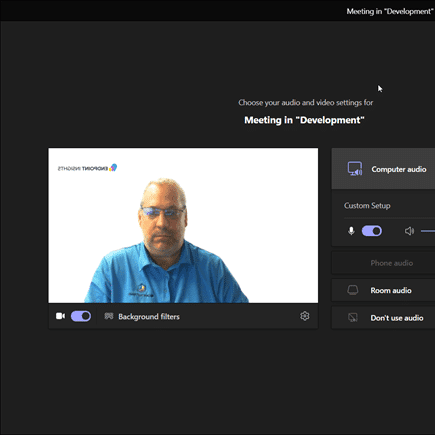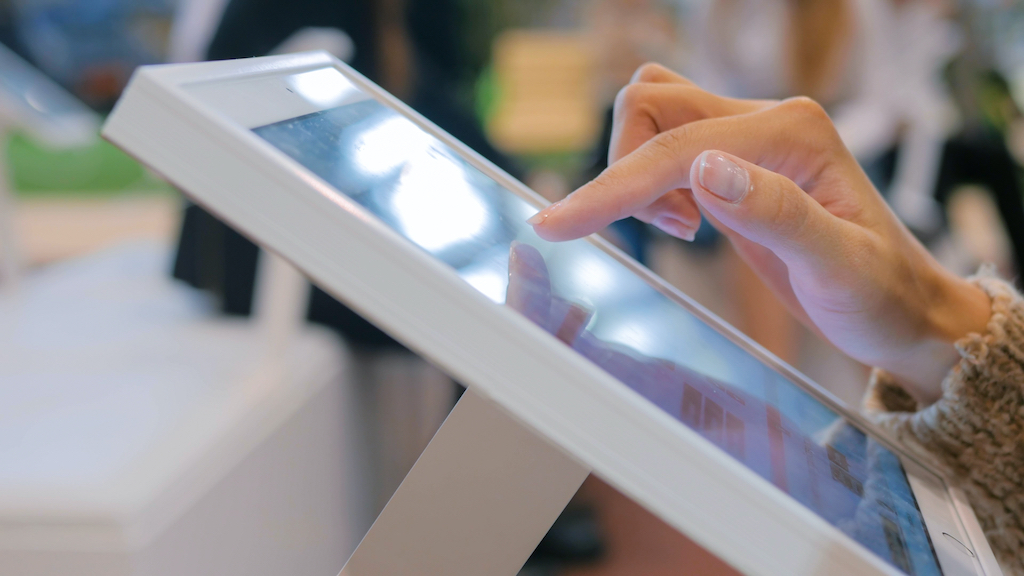Endpoint Insights
Tips for Installing Windows 10 on a Zotac MI522 Nano
Topics: Endpoint Insights
By Garth Jones
Last week I wrote a blog post entitled, How to Install Windows 10 via a USB Drive. In that post, I showed you how I created a boot media to install Windows 10 via a USB stick. In this blog post, I’ll give you some tips about what I learned from installing Windows 10 on a Zotac MI522 nanocomputer.
1. The entire process took me about 10 minutes to add RAM and an SSD drive to the Zotac, so it was fairly quick, but make sure that you give yourself enough time.
2. This type of computer doesn’t have a CD ROM or a DVD, so you need to create a bootable USB stick in order to install Windows 10. See my blog post for step-by-step instructions.
3. I was having a hard time with a wireless mouse and keyboard during the BIOS boot section, so I would recommend using a WIRED keyboard and mouse. I was lucky to have extra ones lying around.
4. I connected the Zotac MI522 nano to my receiver and then tried connecting it directly to my LG 4K smart TV, but both times the video signal was unusable. Next, I connected it directly to an HDMI monitor with a resolution of 1920 x 1080. At this point I was then able to install Windows 10 without any problems, so make sure that your monitor’s resolution isn’t greater than 1920 x 1080. Once Windows 10 was installed I could then connect the nano directly to my receiver without any further issues.
5. The Zotac MI522 nano with the added SSD drive, installed Windows 10 super-fast! I thought it would take much longer, so I left the room to work on something else and was a bit alarmed when I could hear it rebooting.
6. Don’t forget to install the drivers that come with the nano.
7. Once Windows and all of the drivers (video drivers in particular) are installed, you can connect the nano to either your receiver or 4K smart TV directly at a 4K (4096 × 2160) resolution.
If you have any questions, please feel free to contact me at @GarthMJ.







































